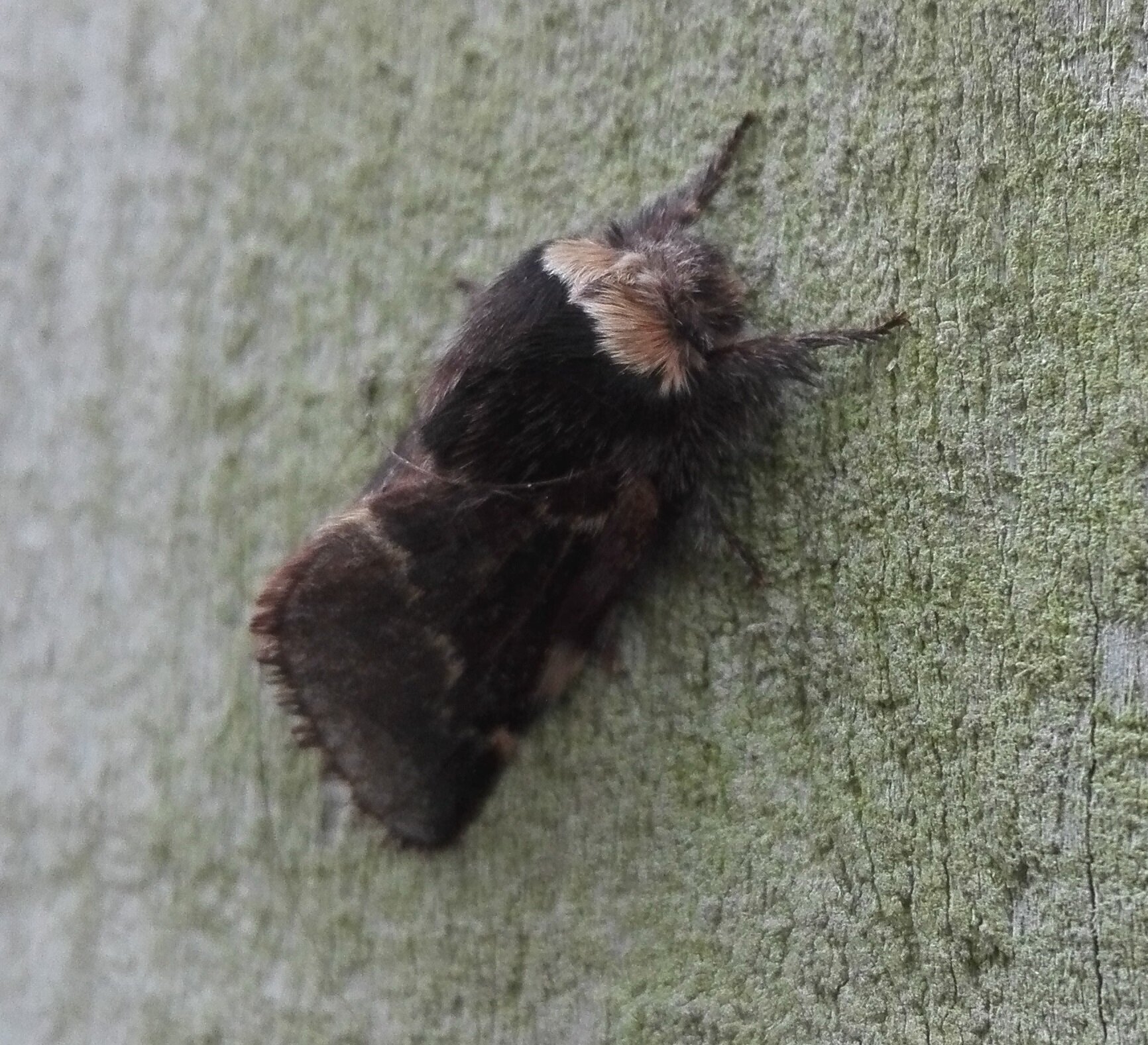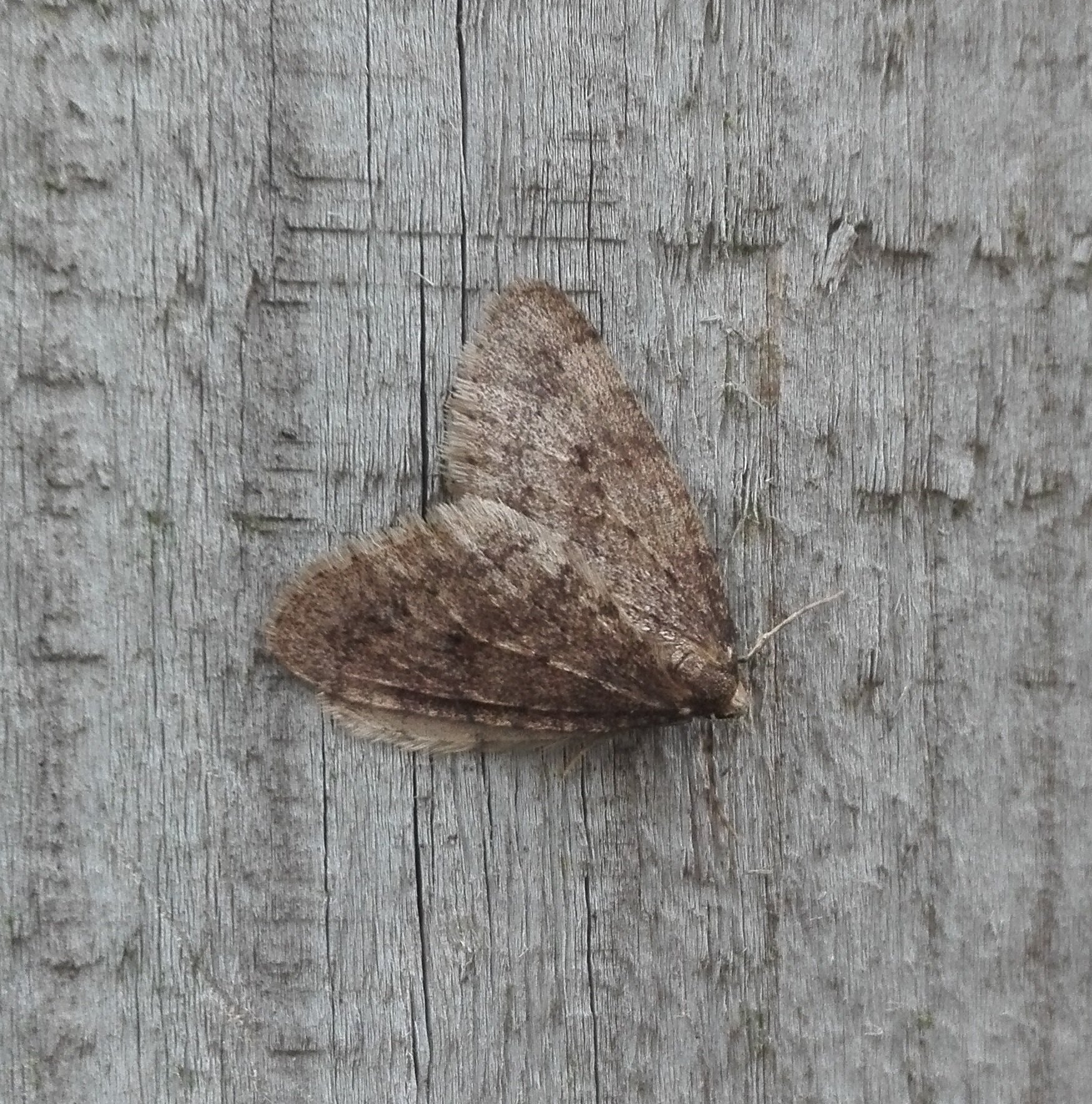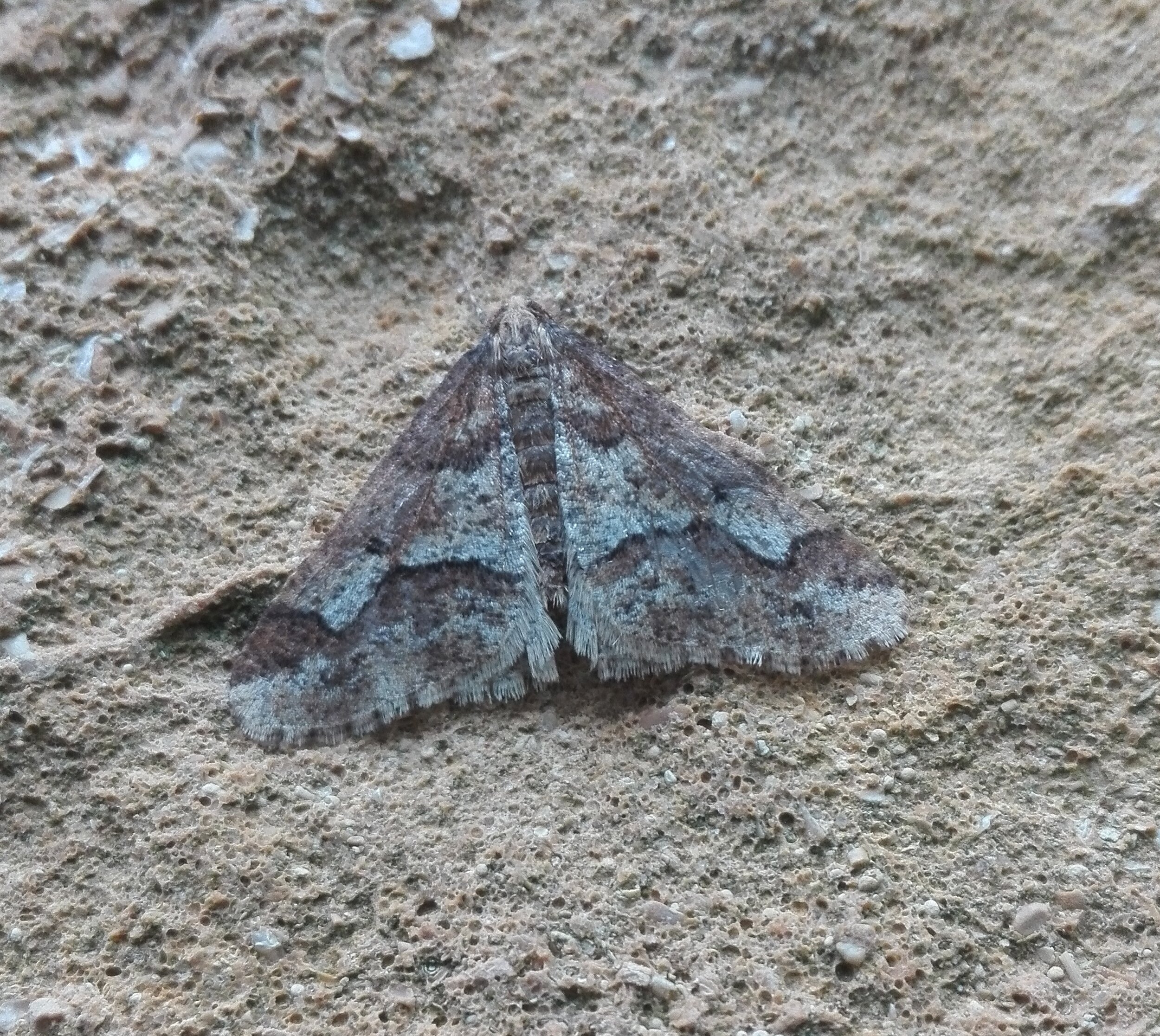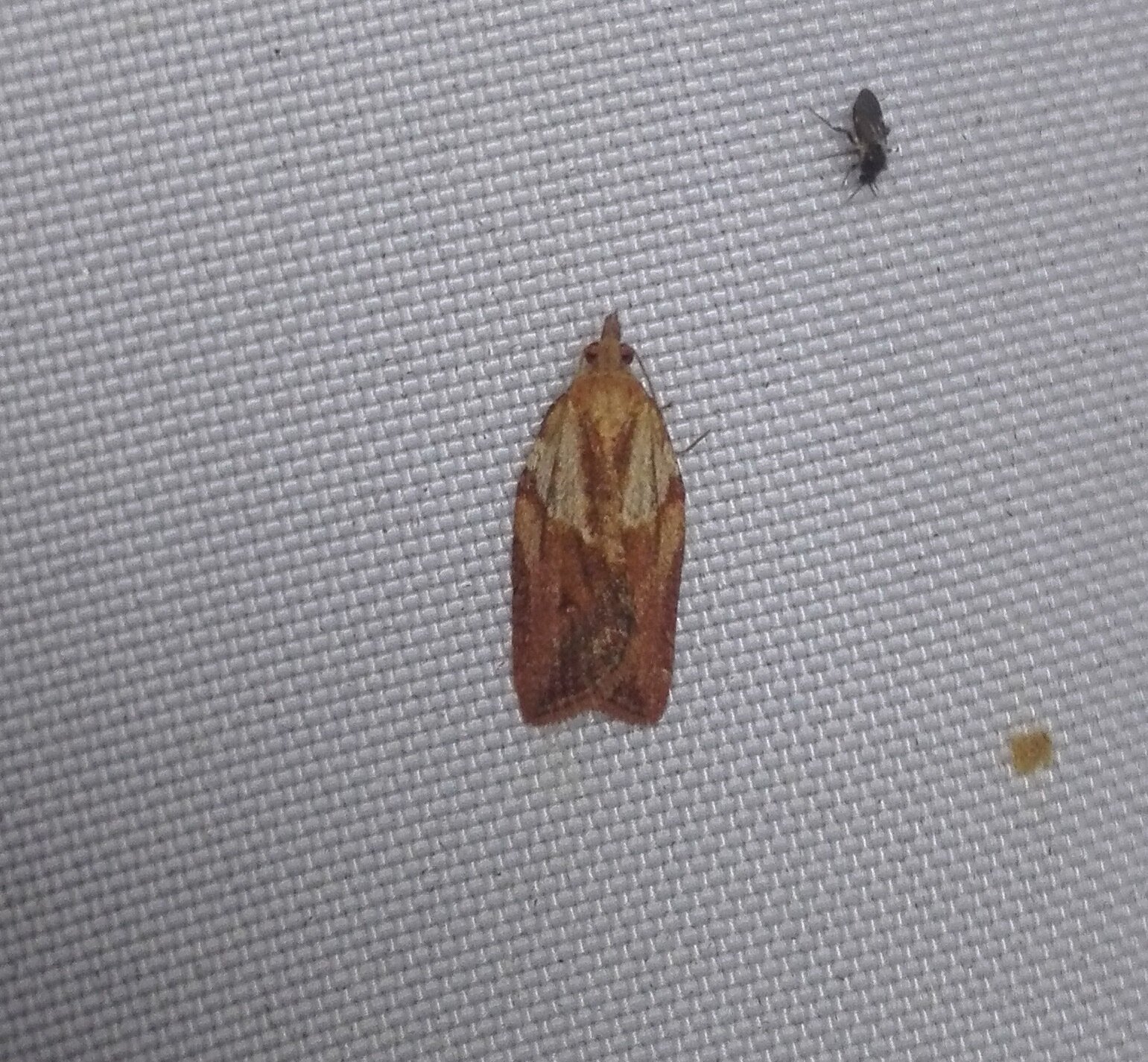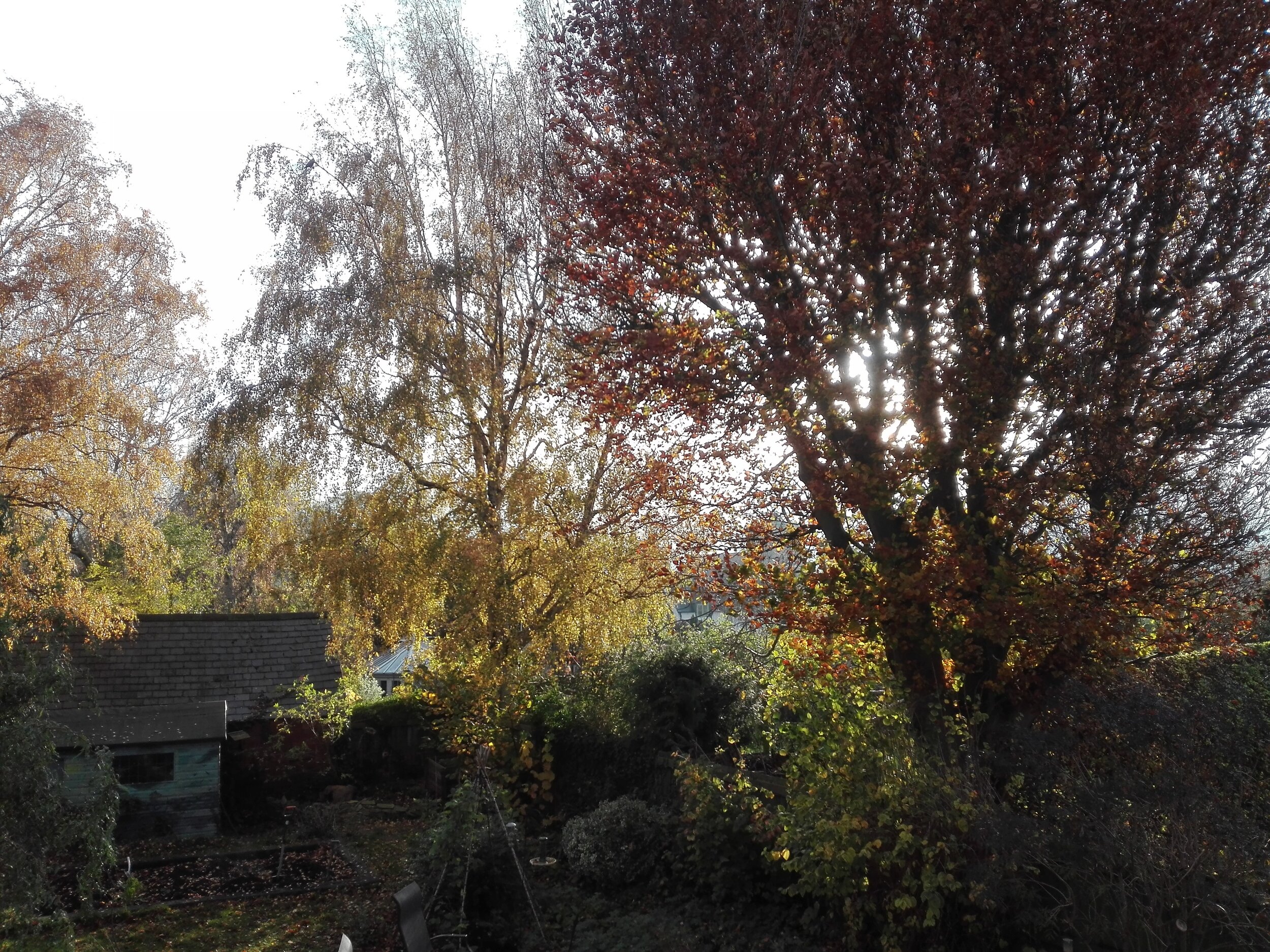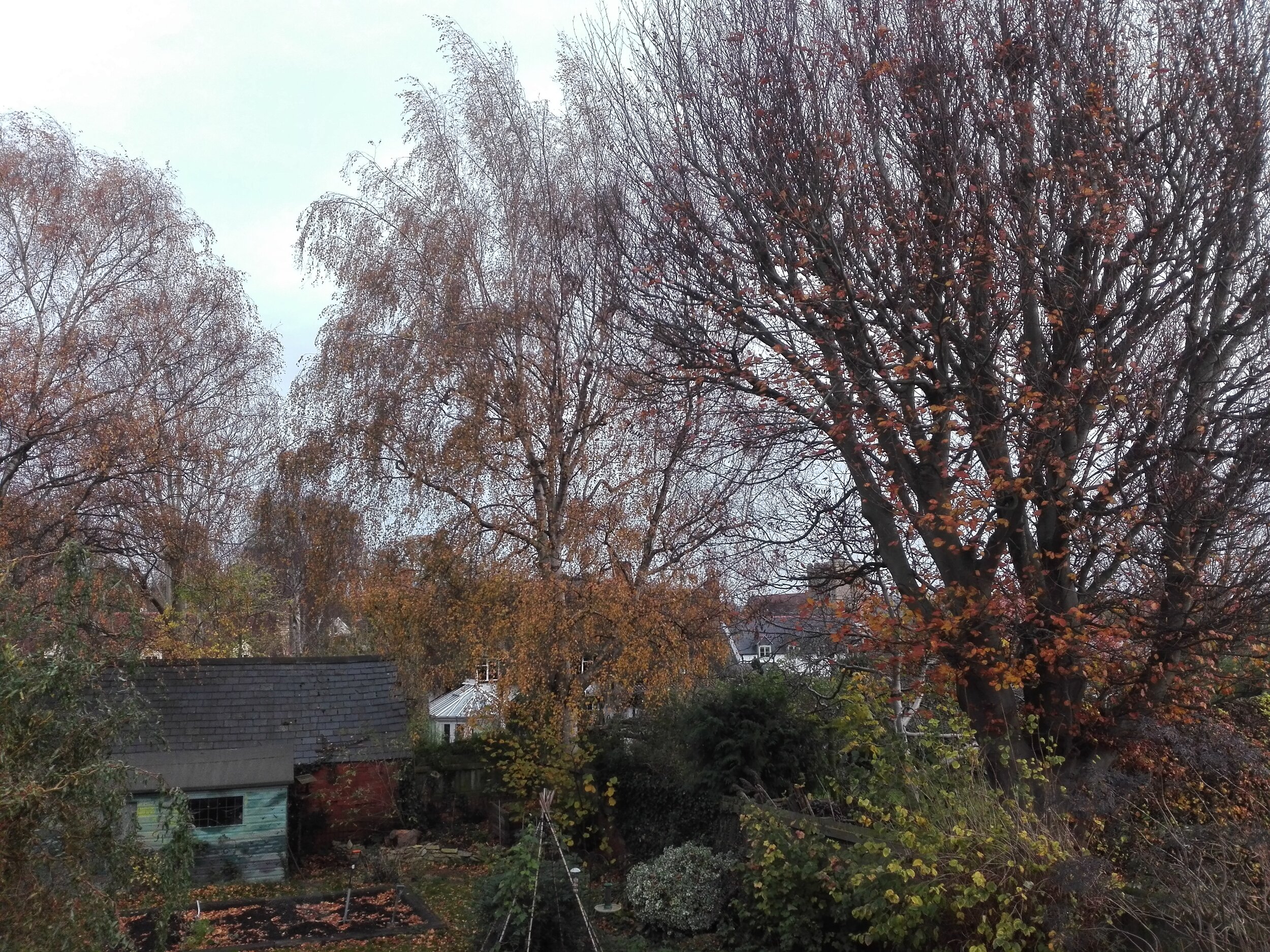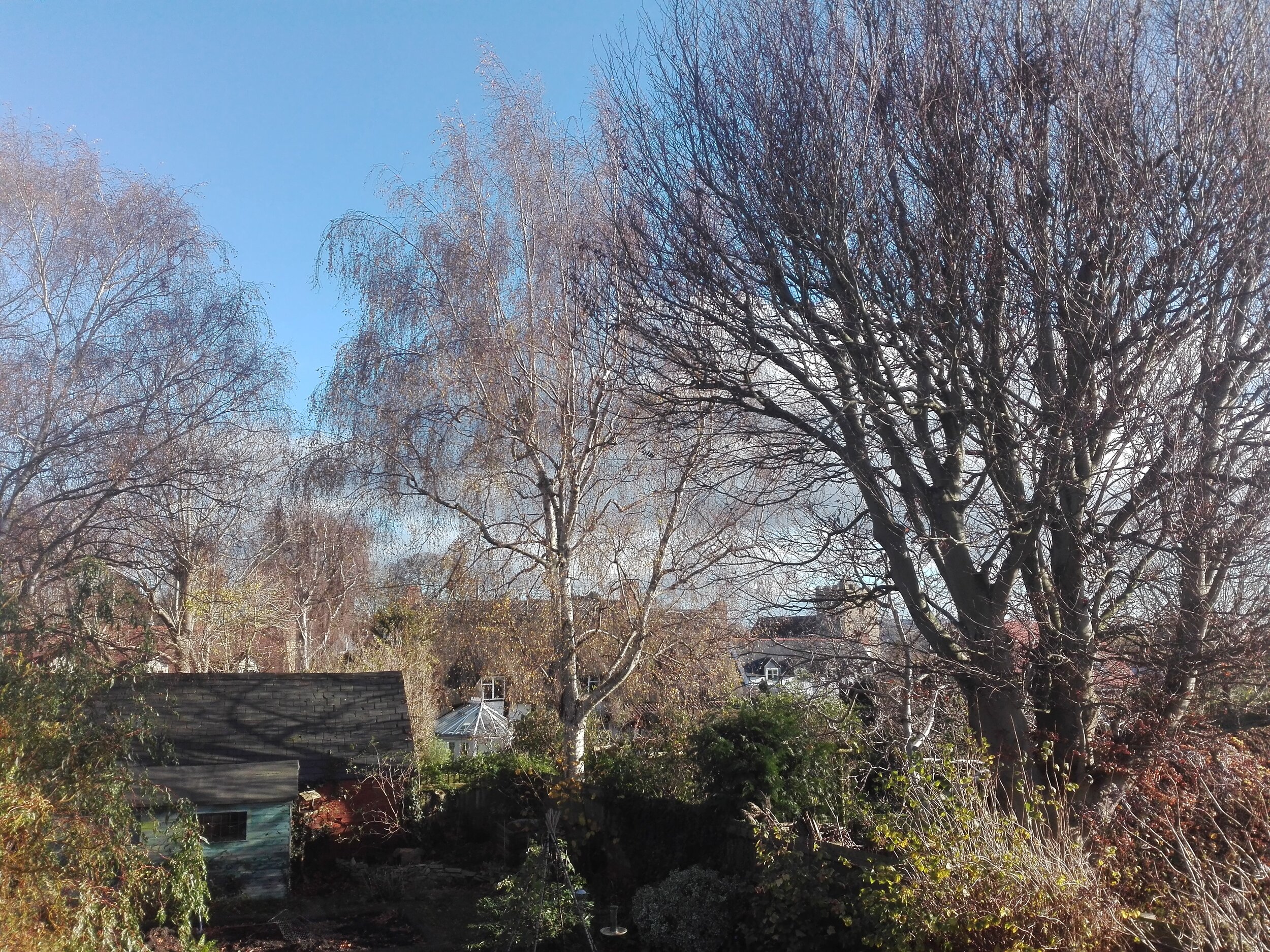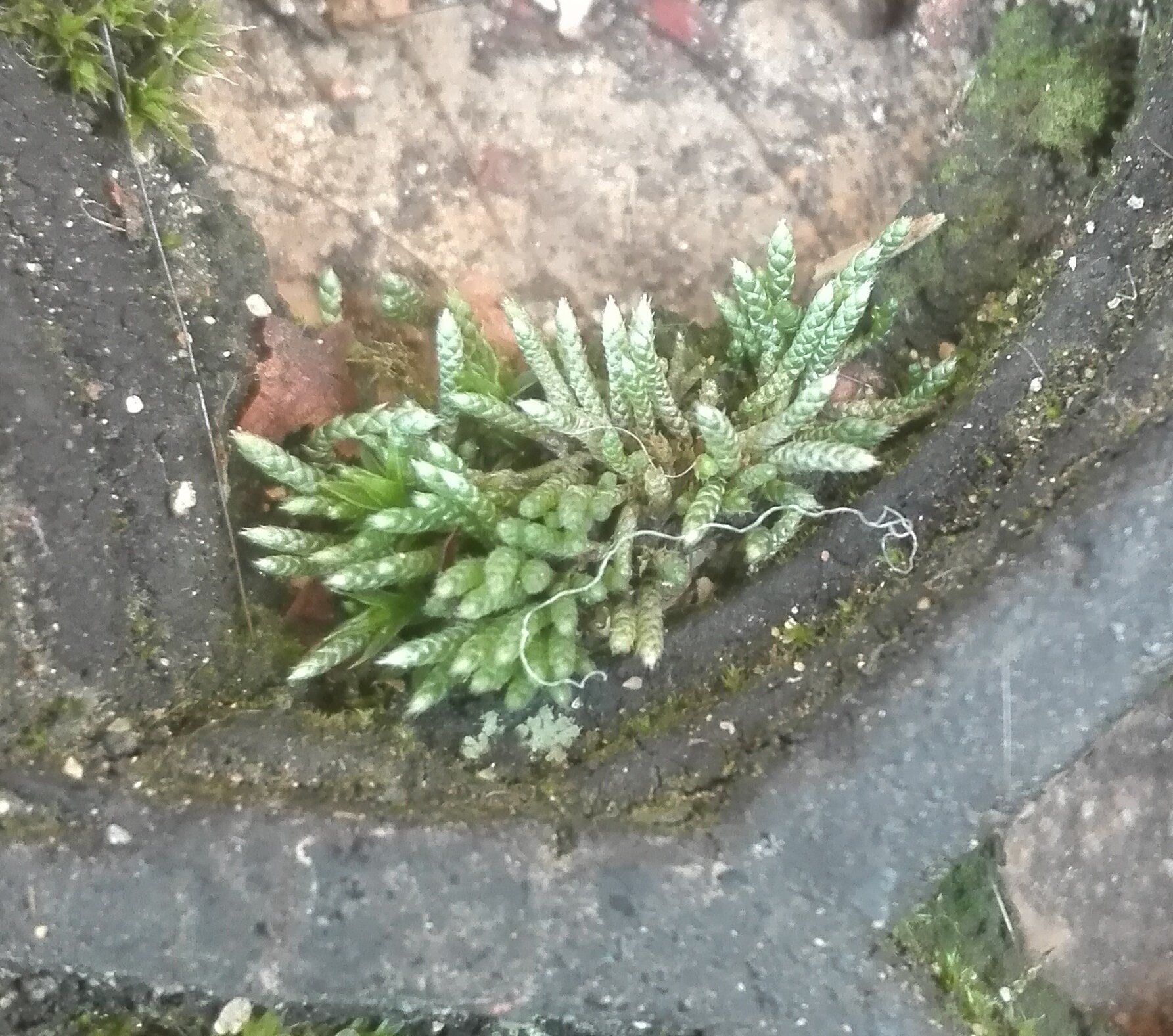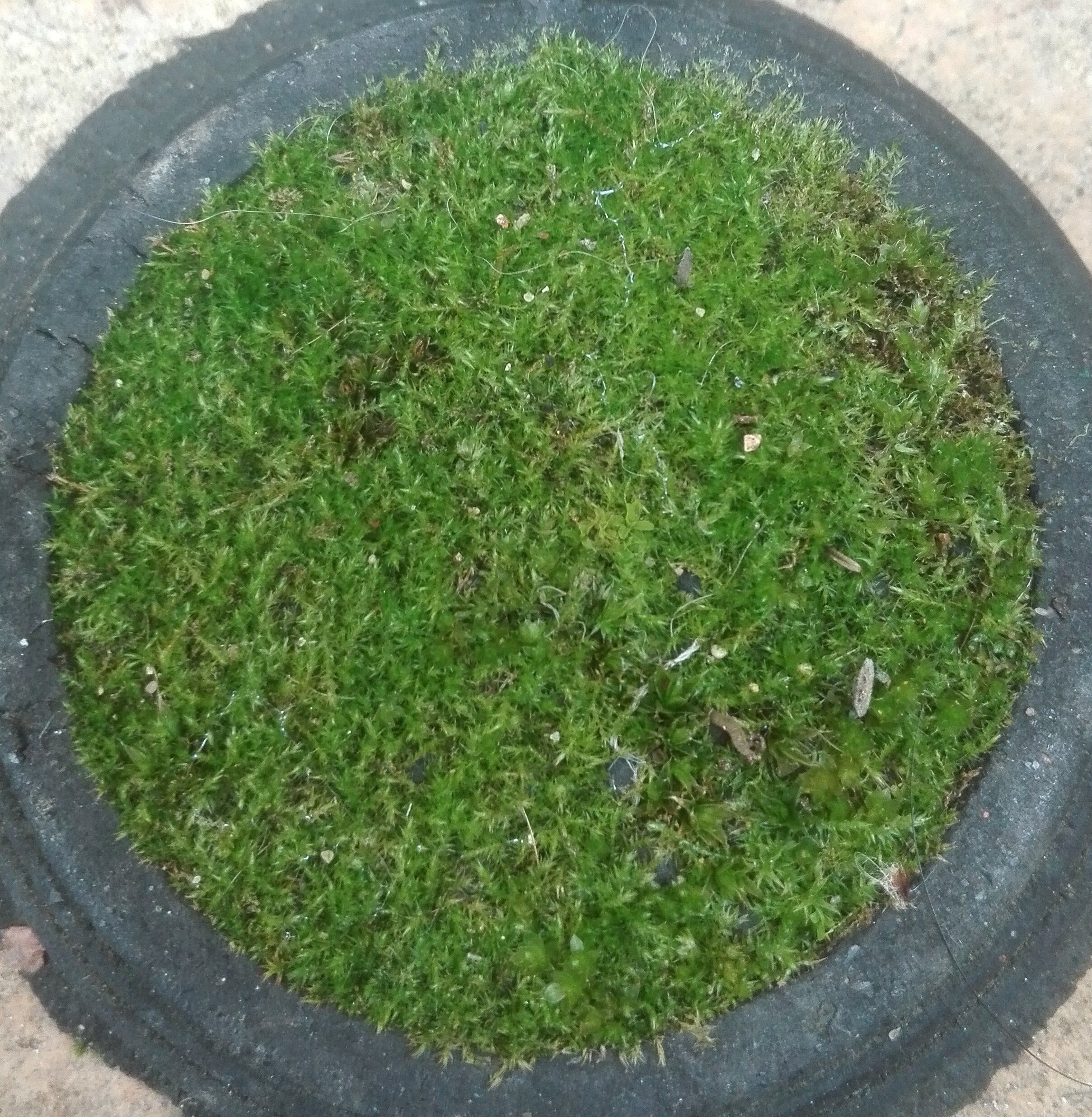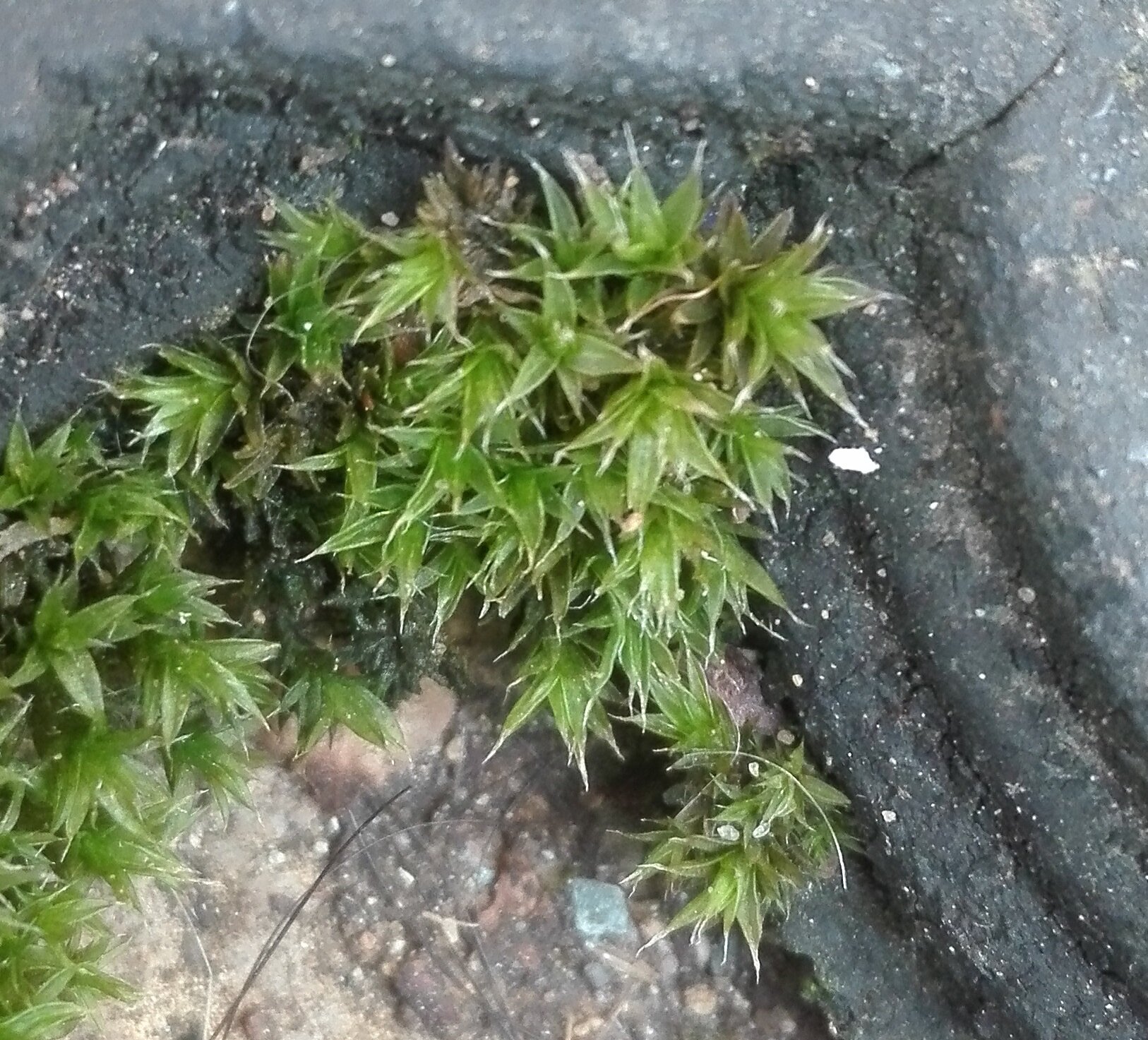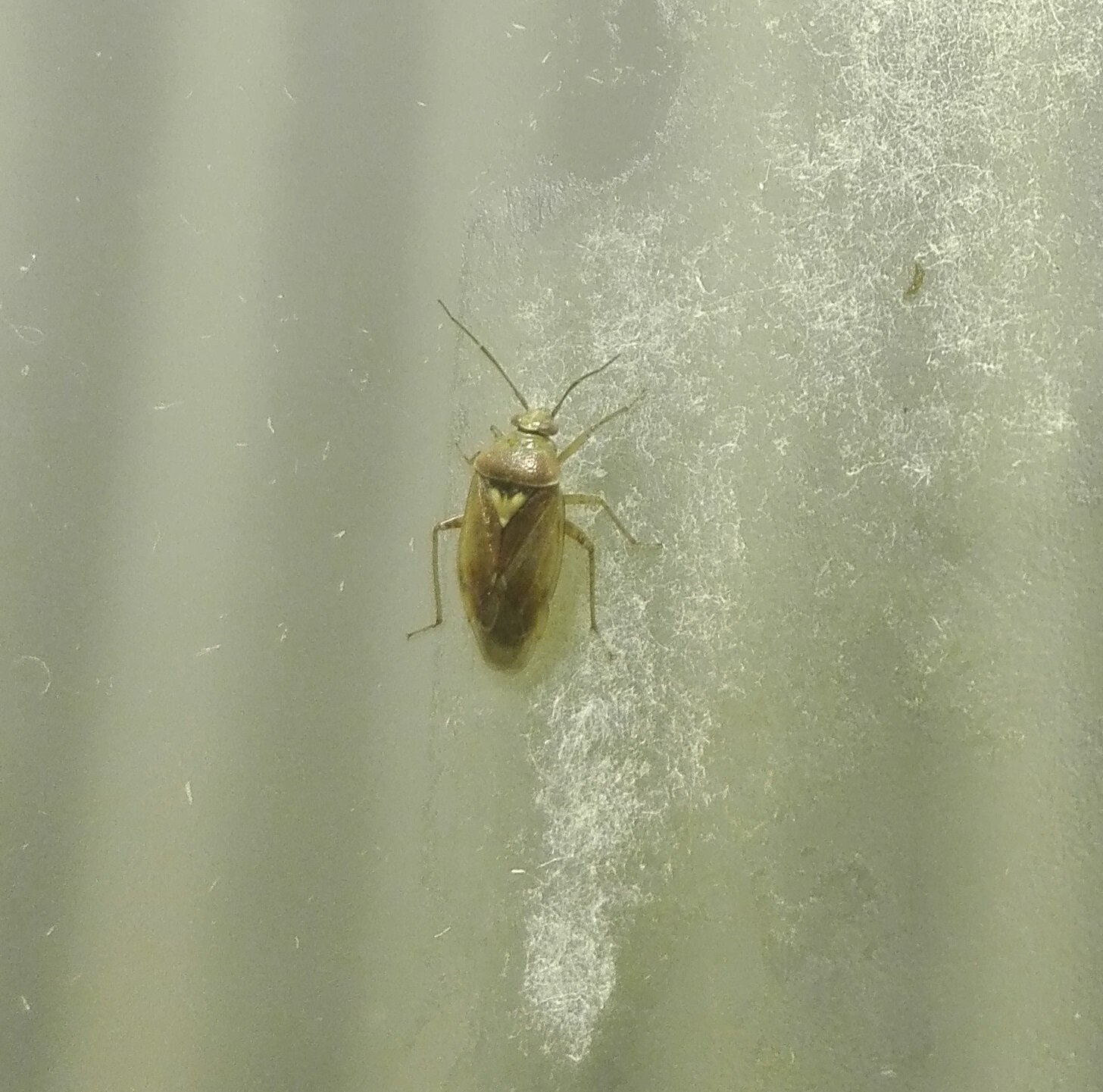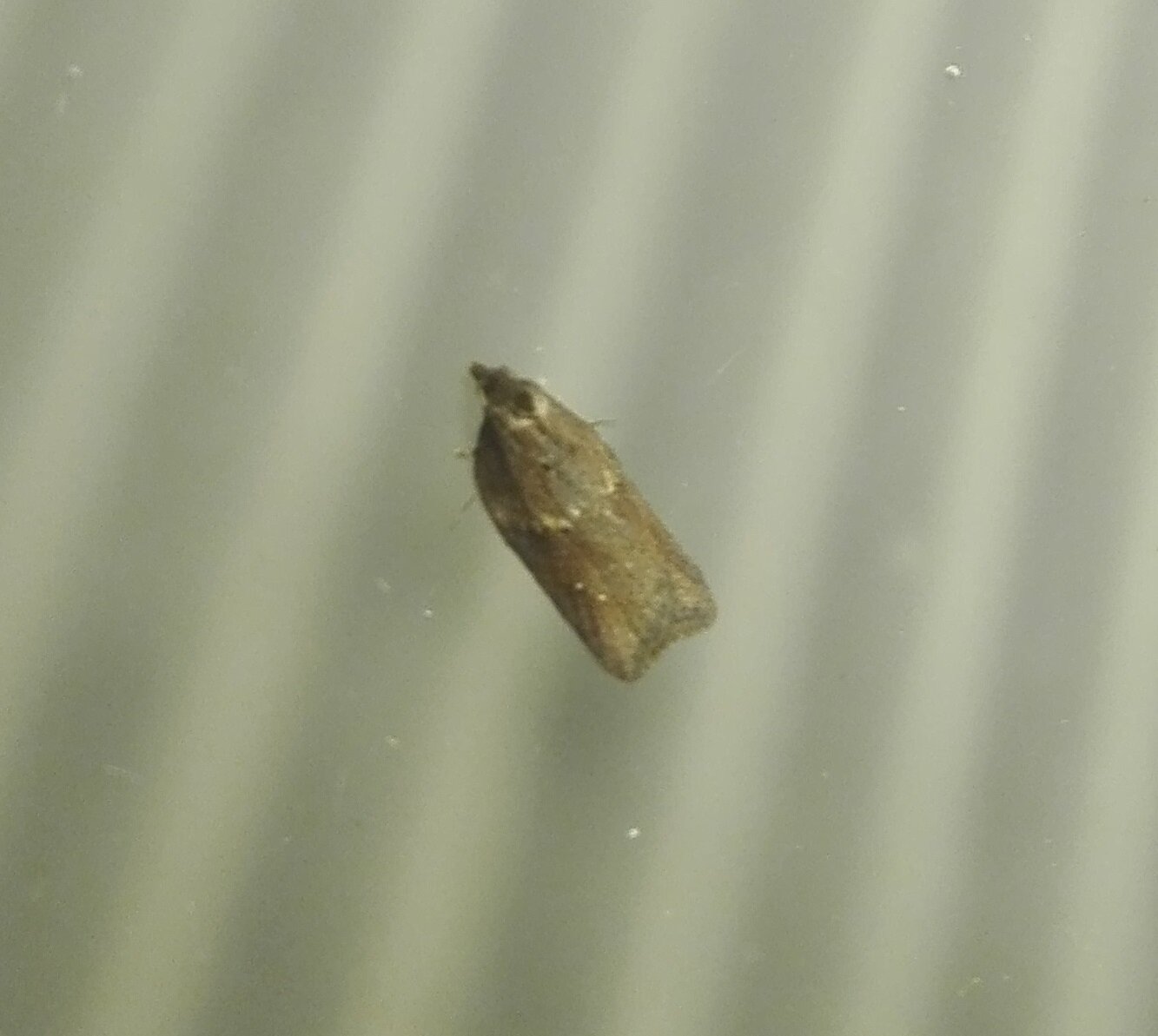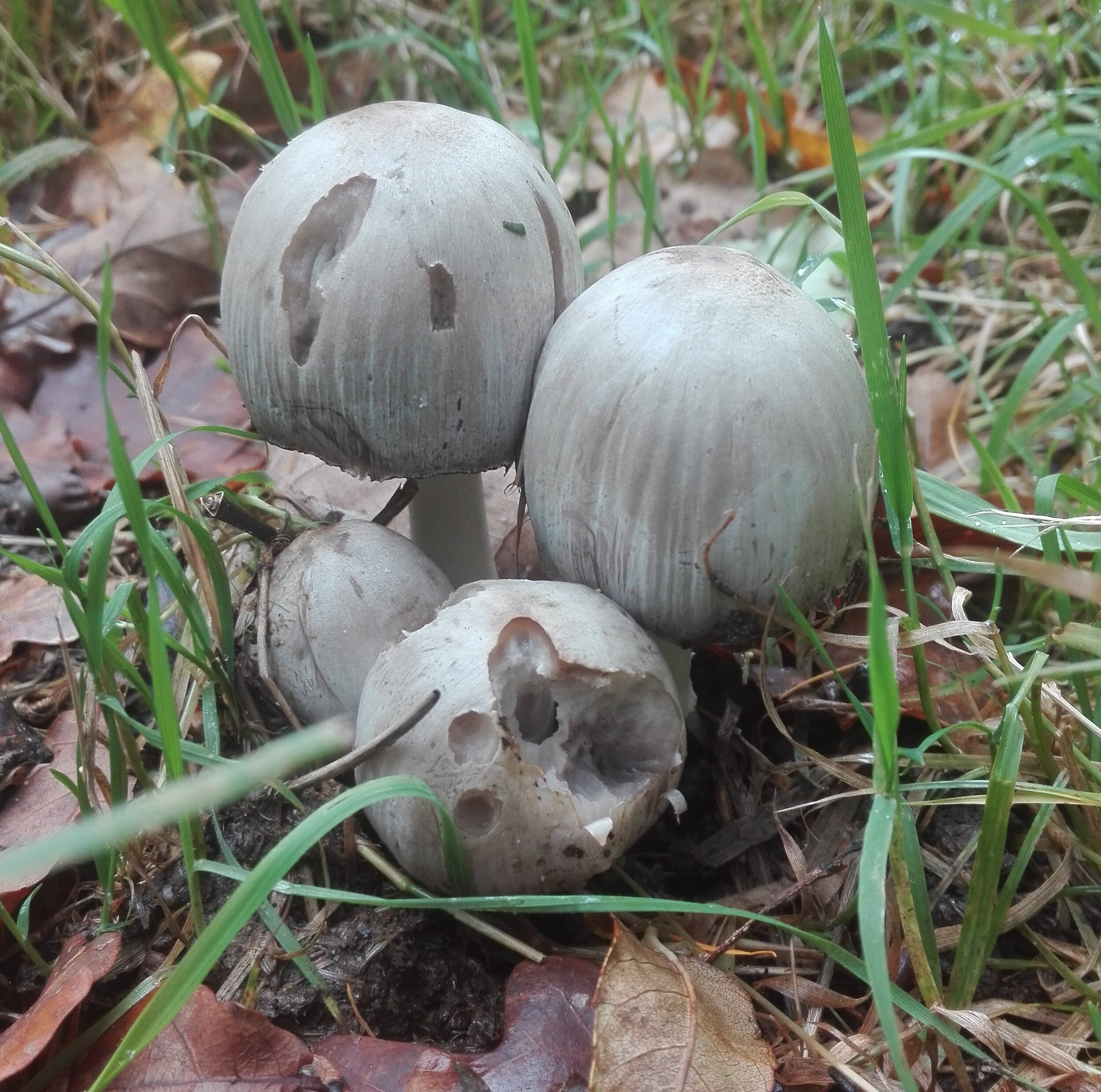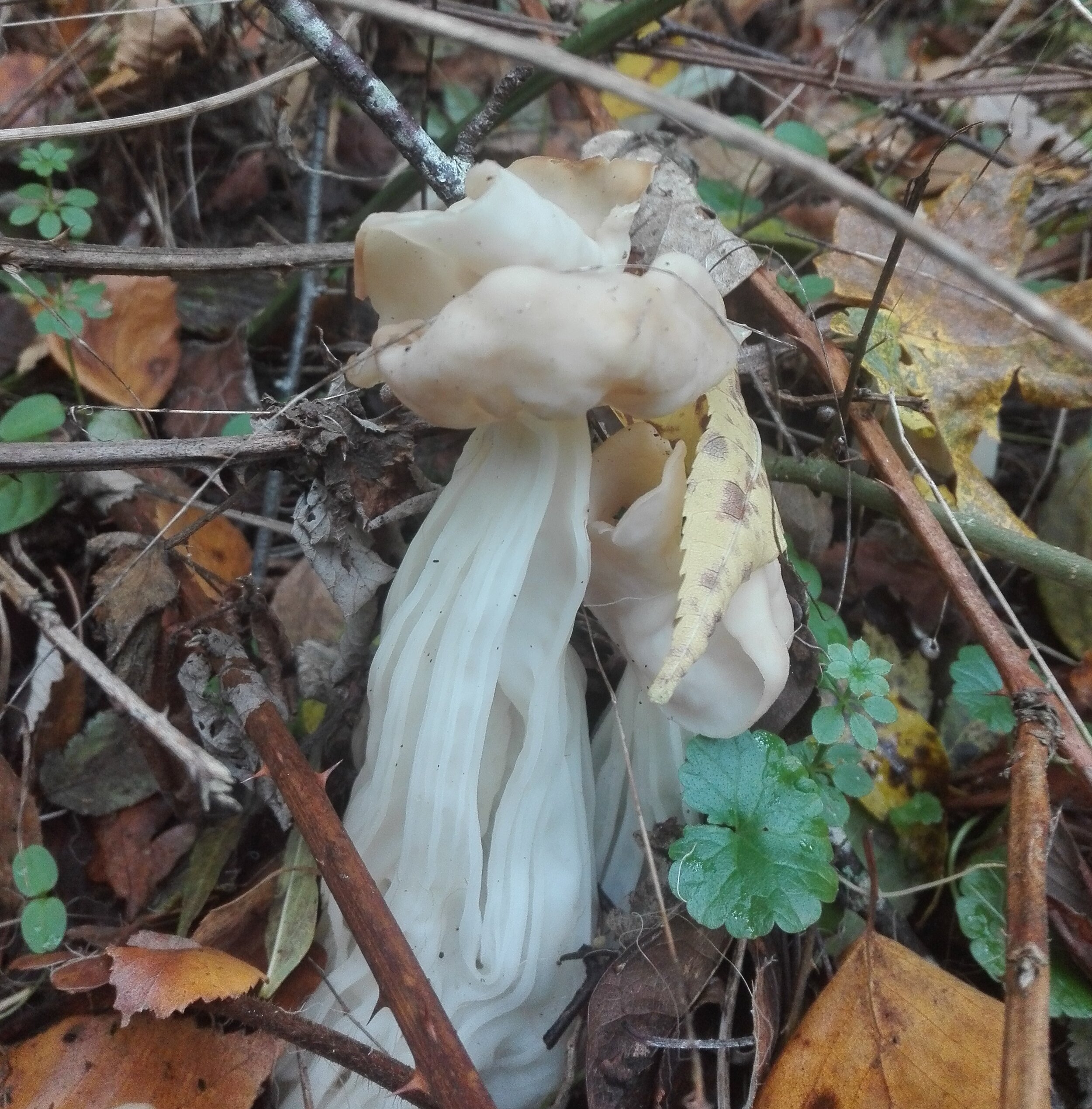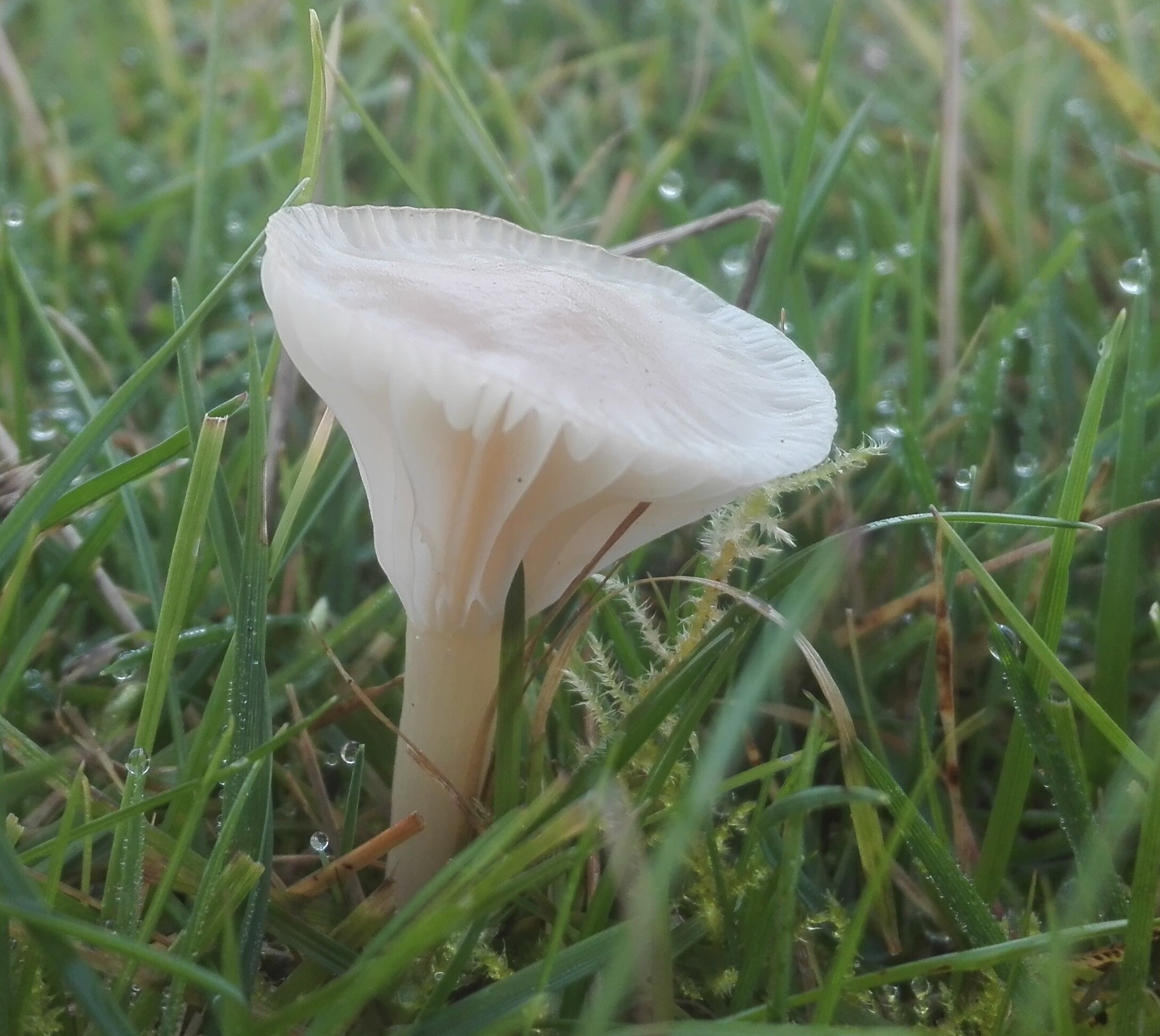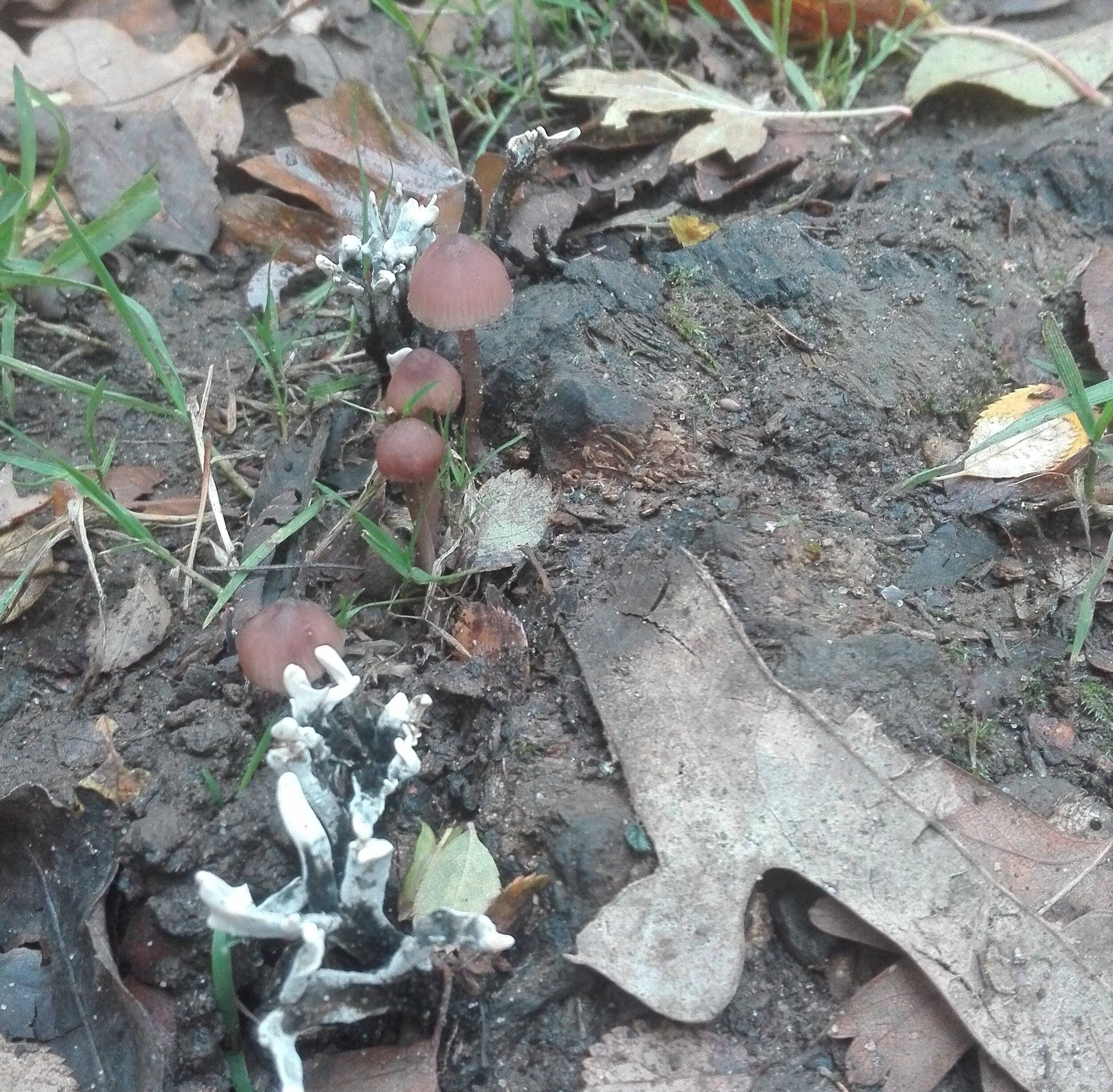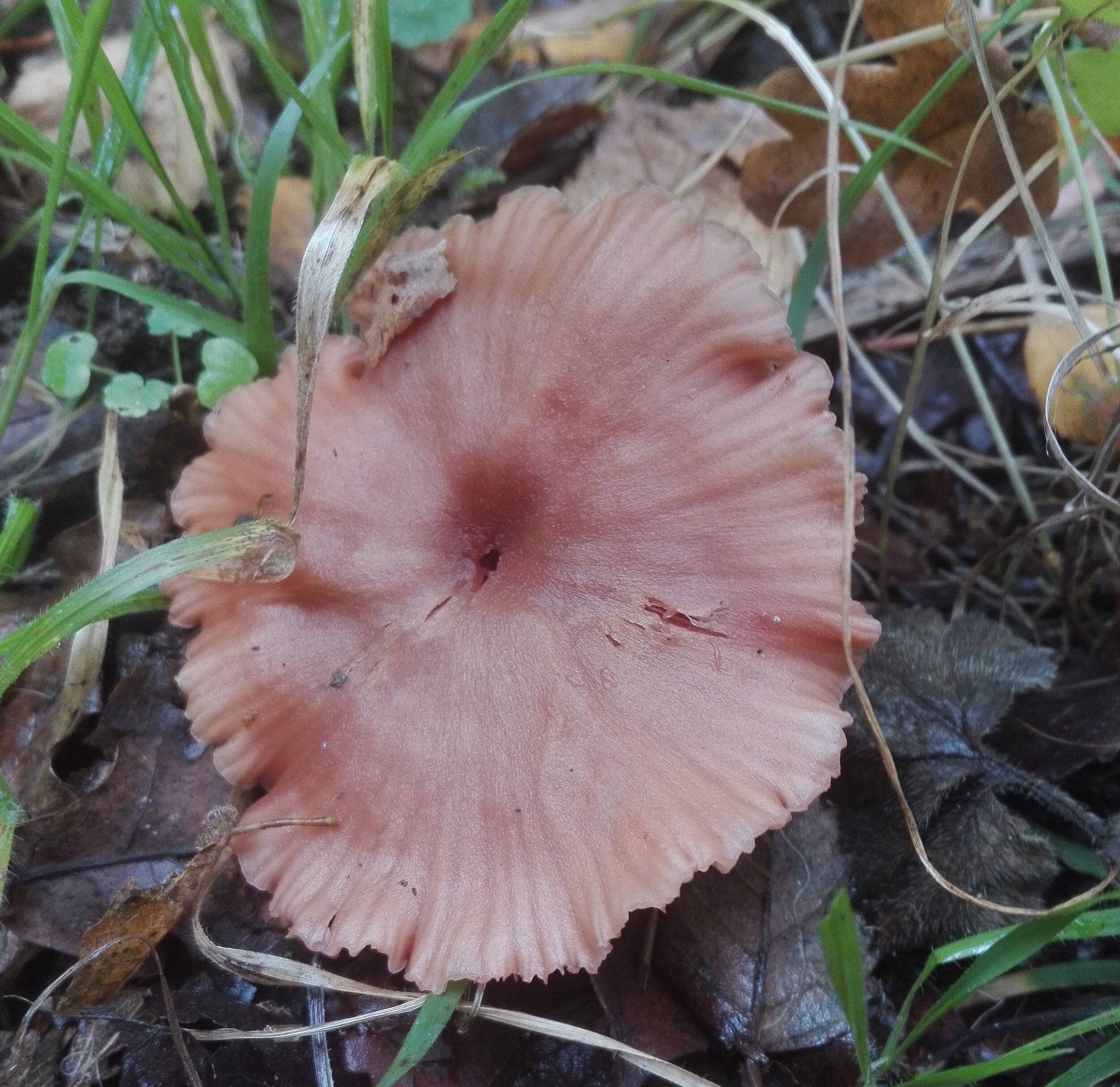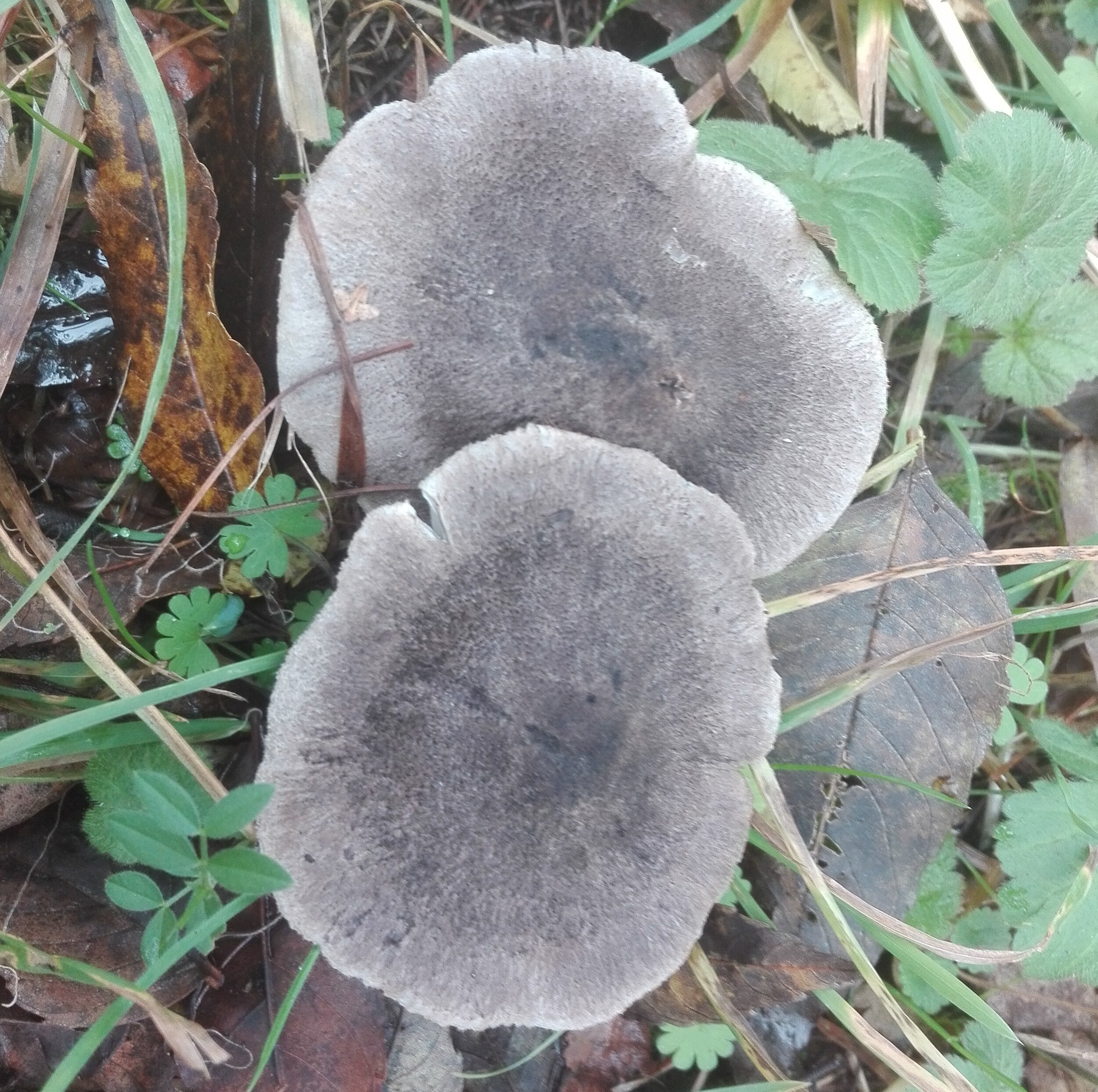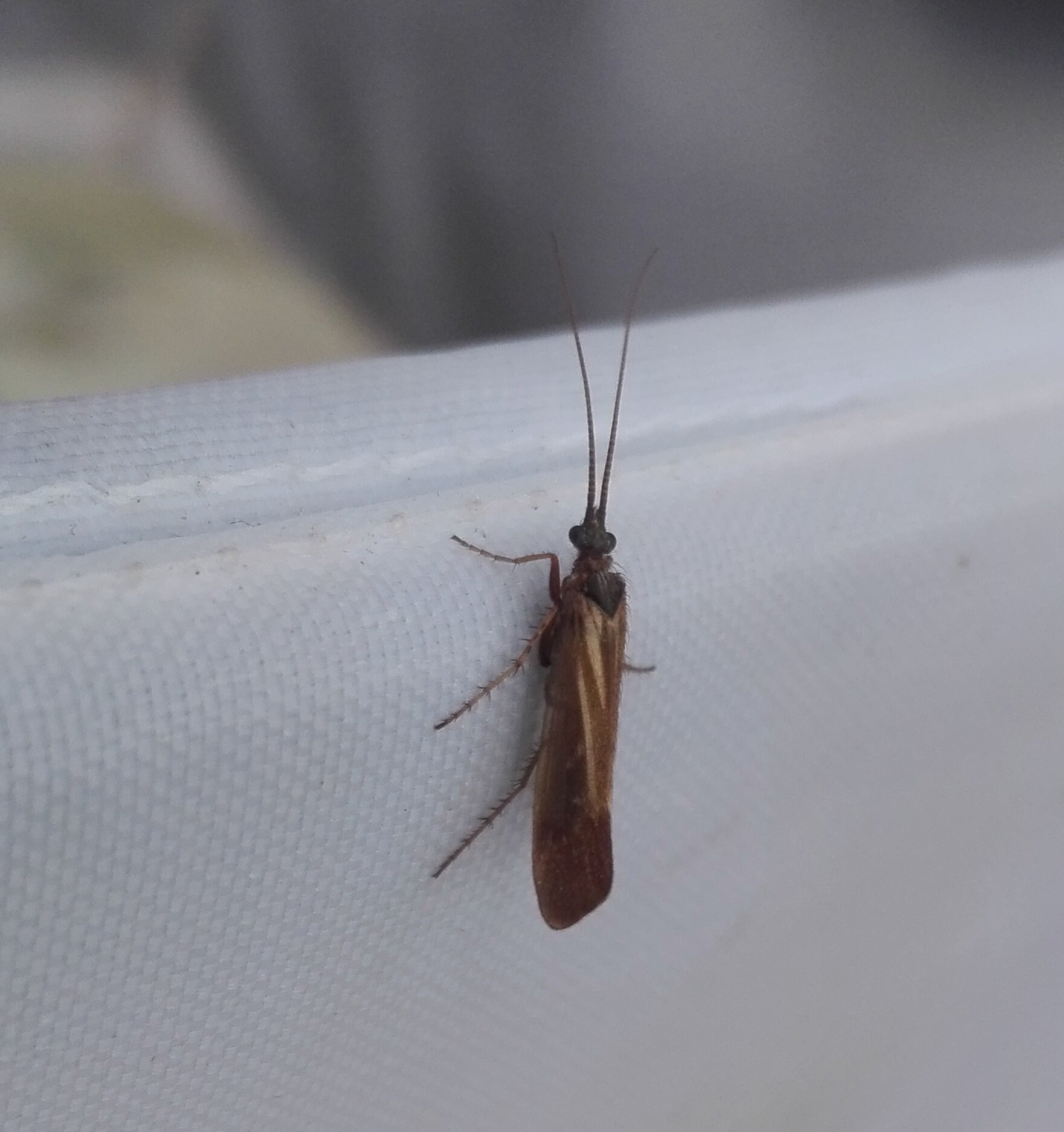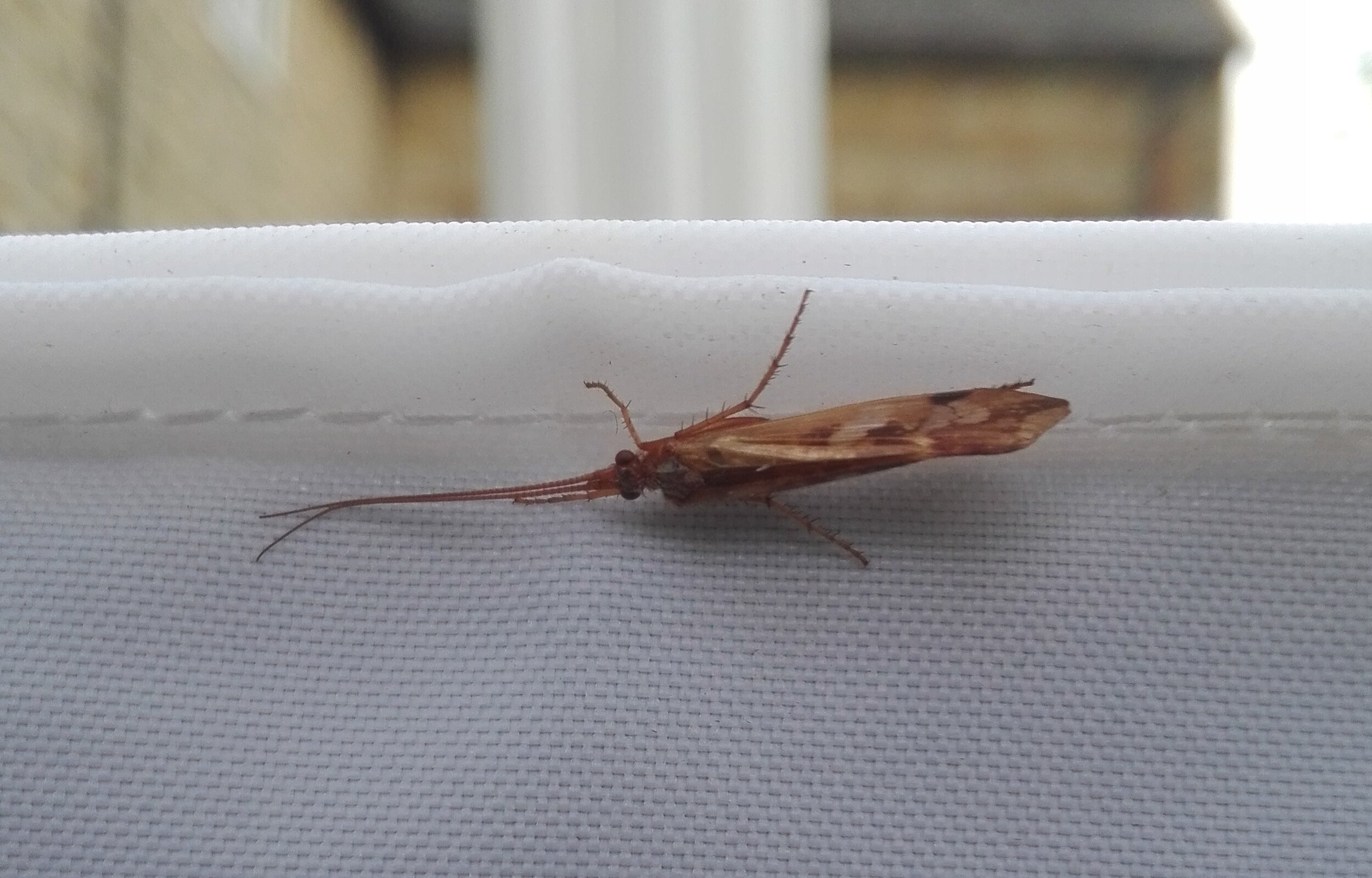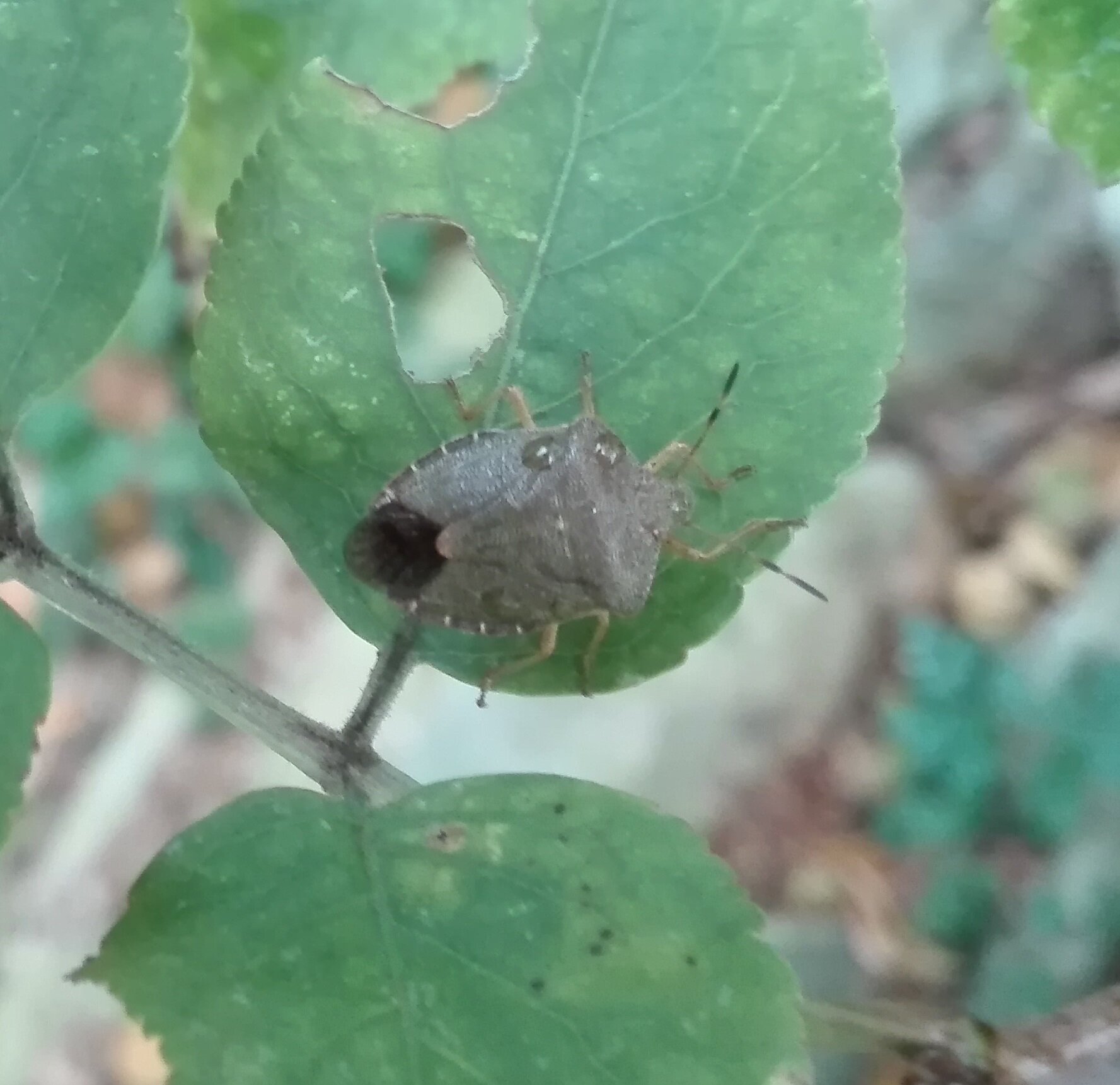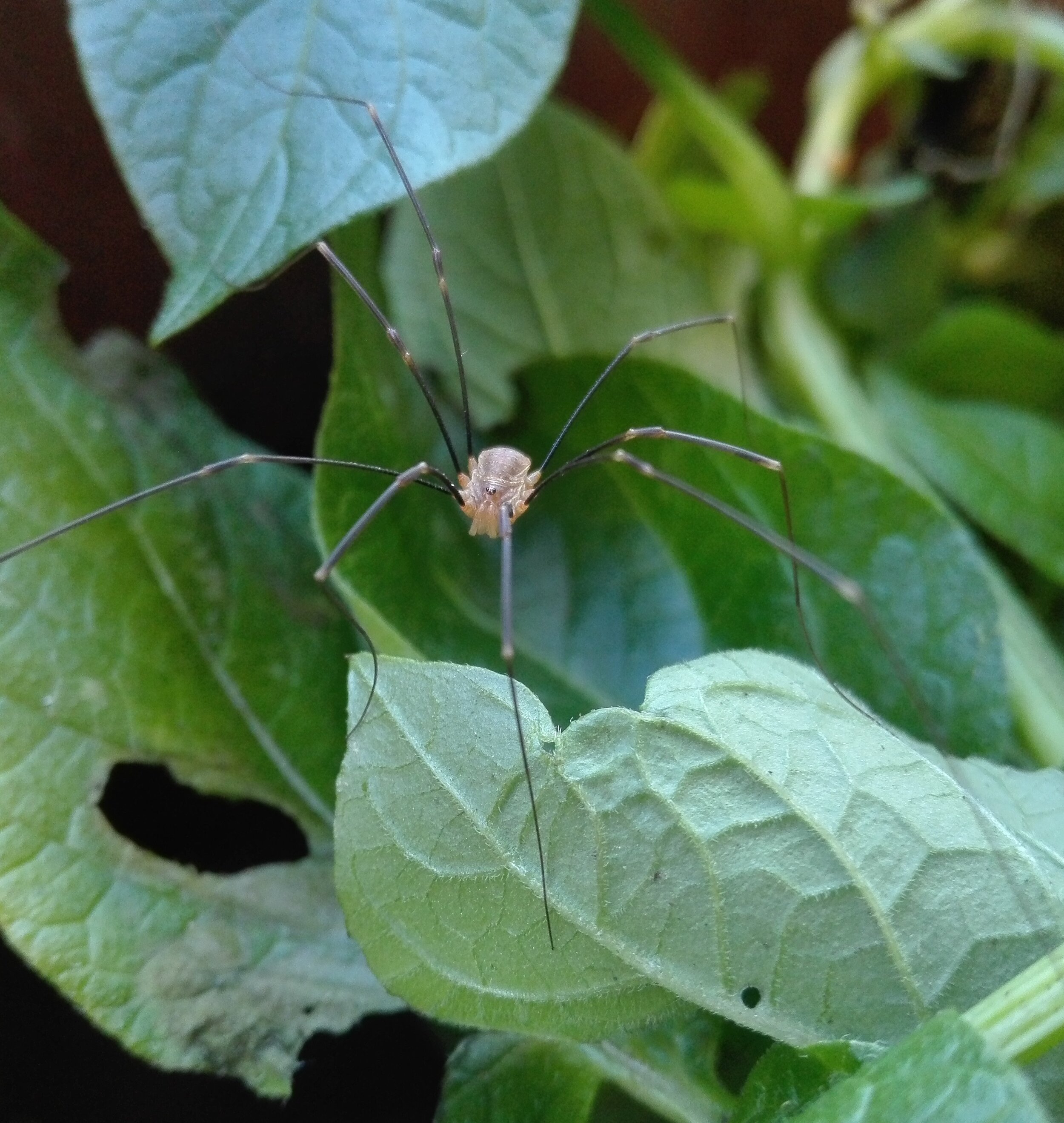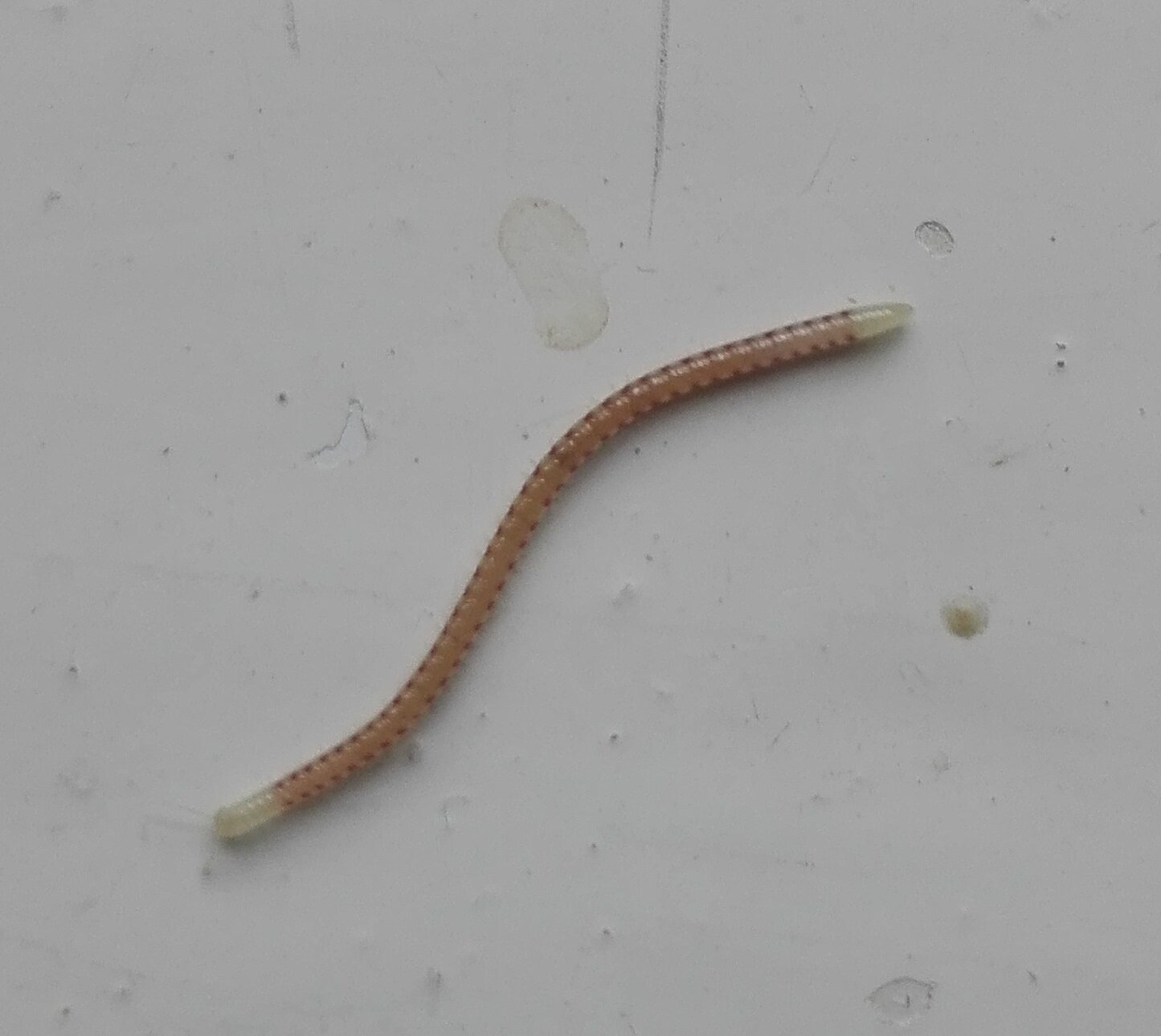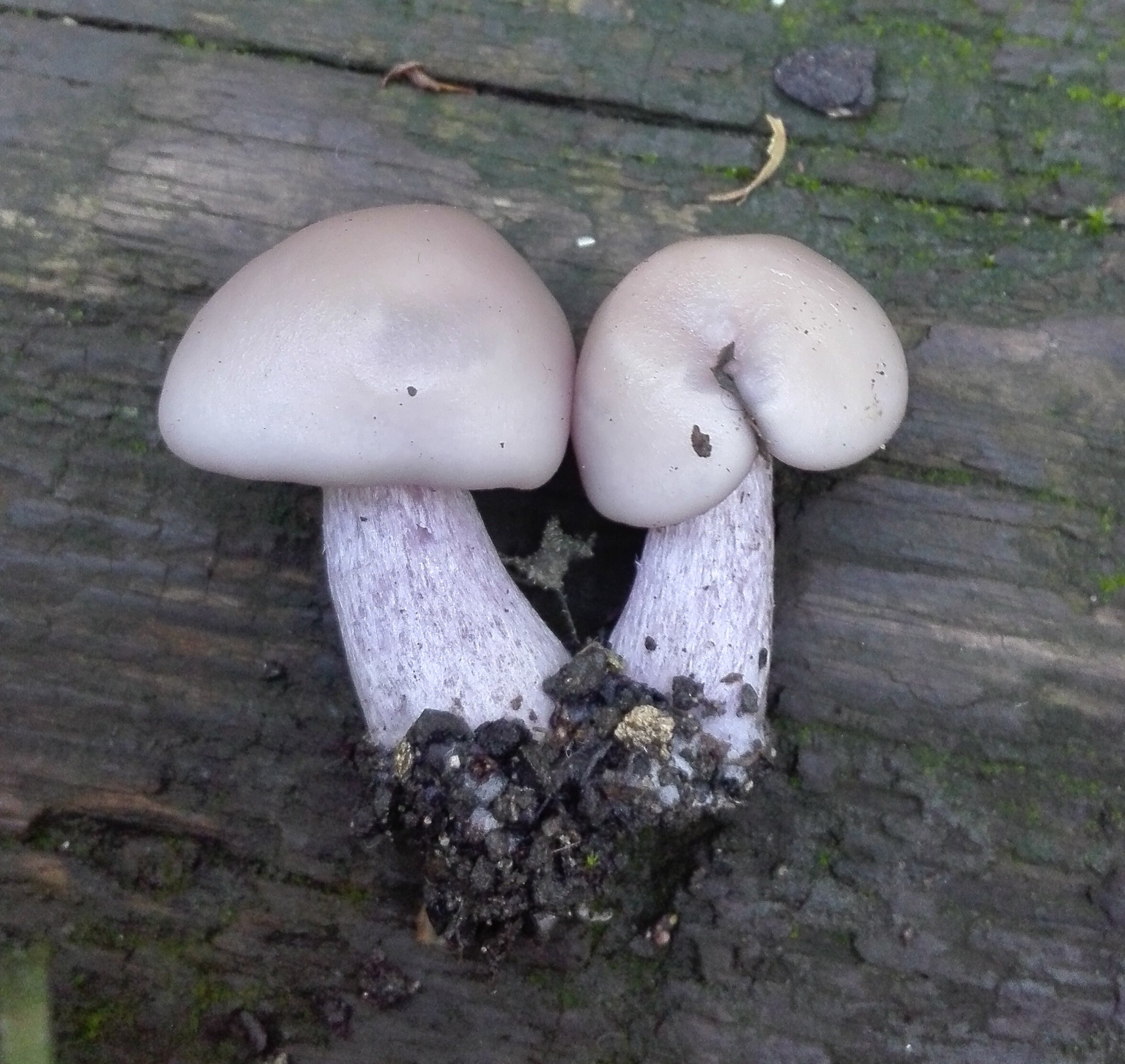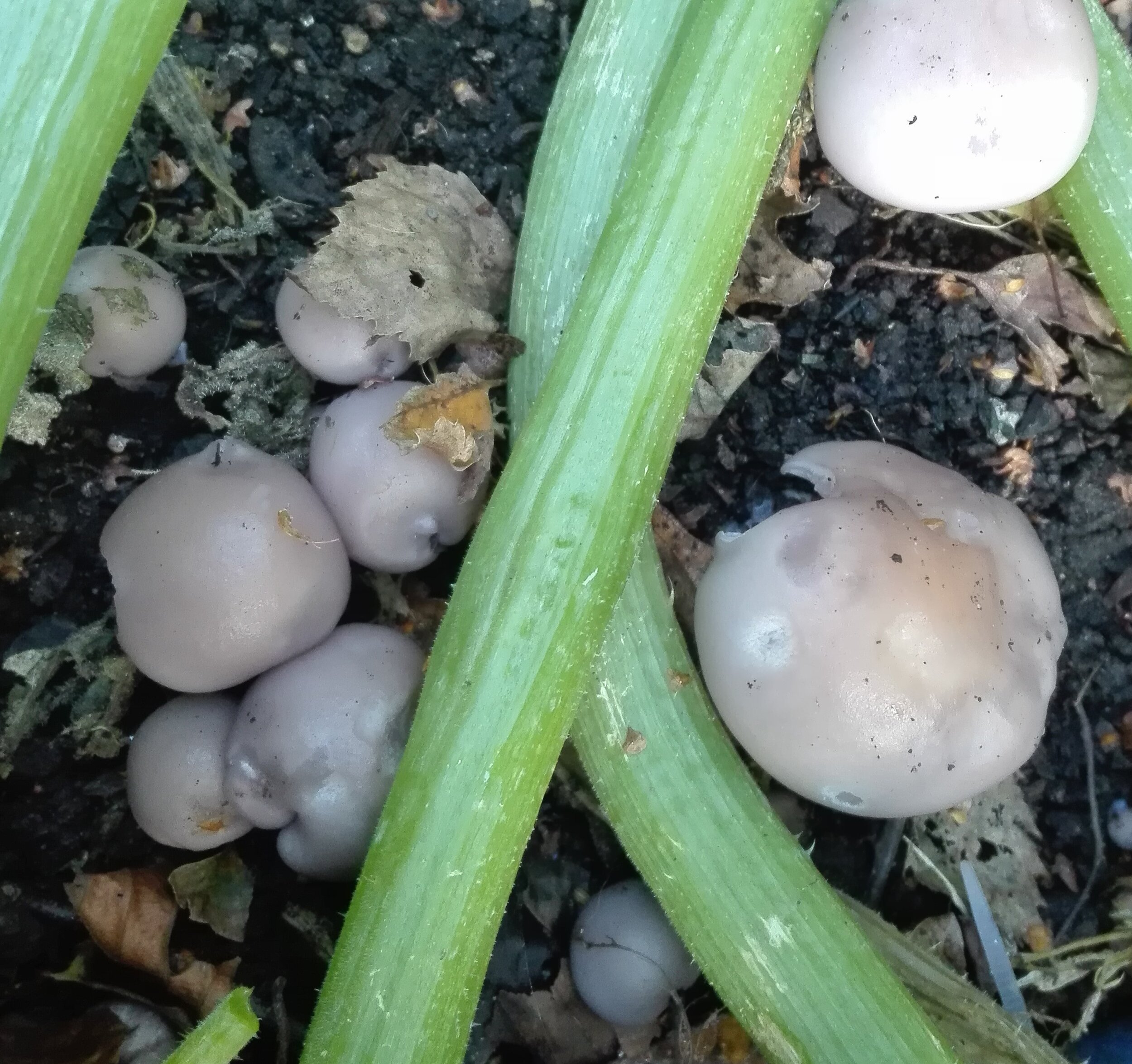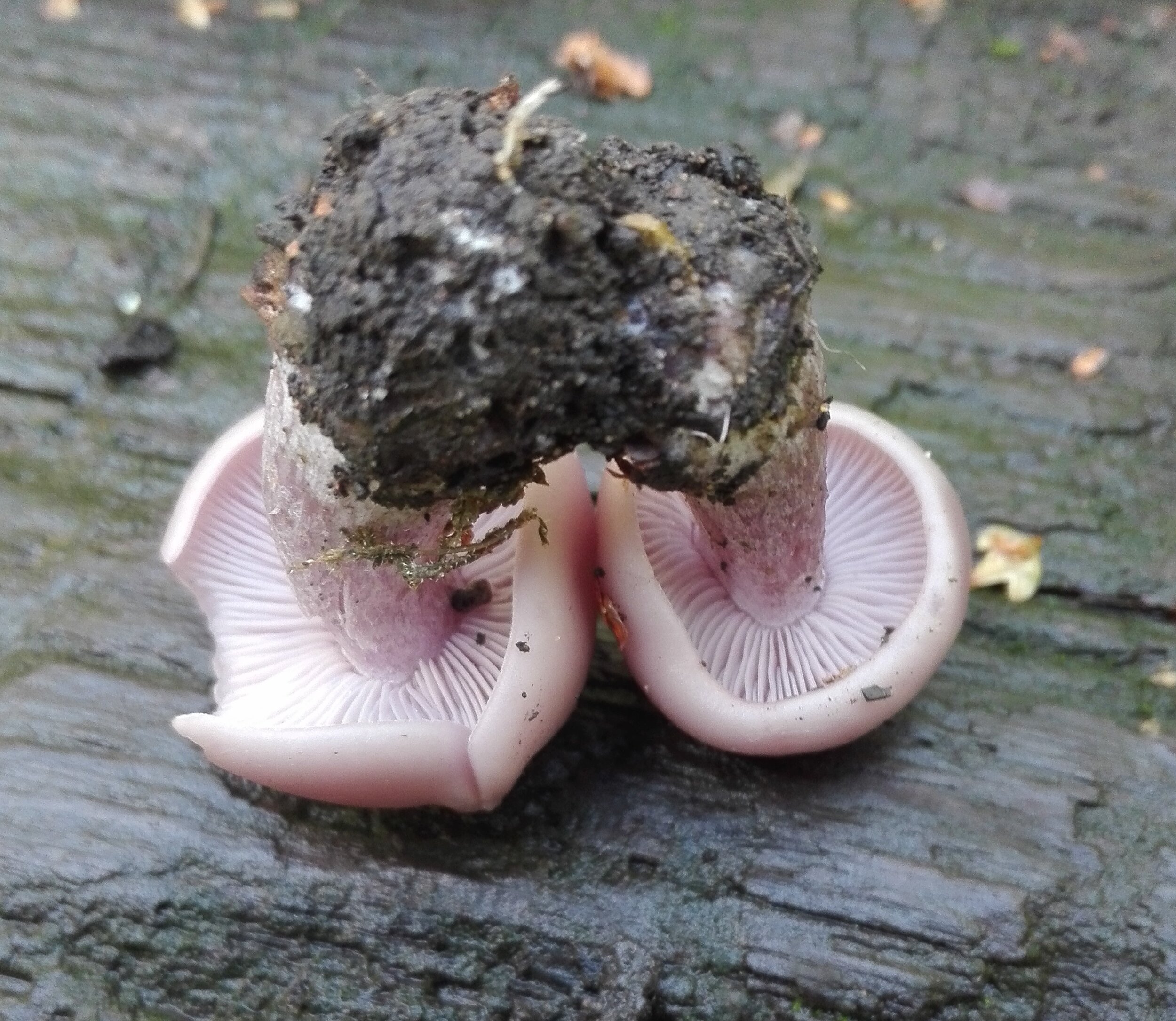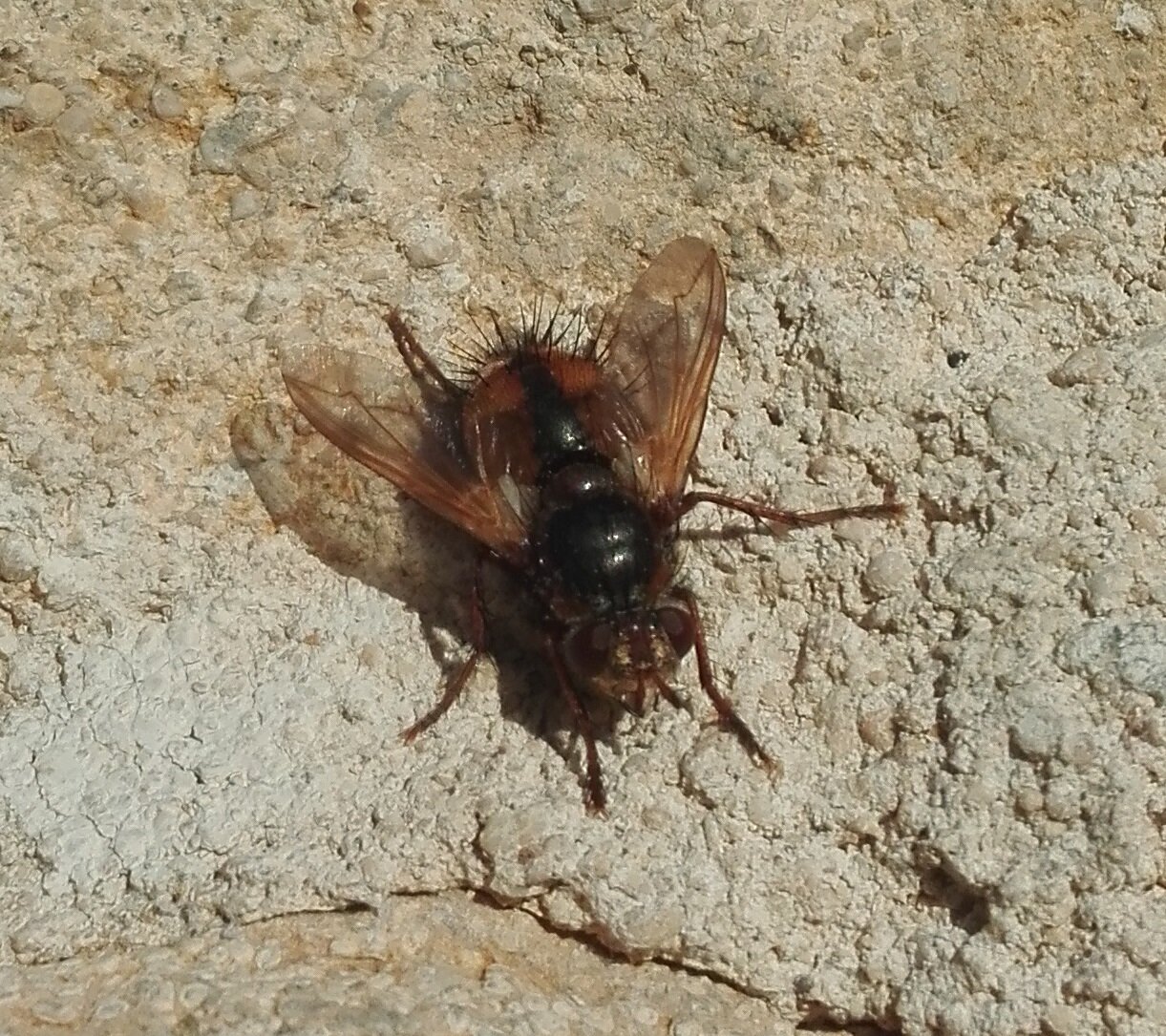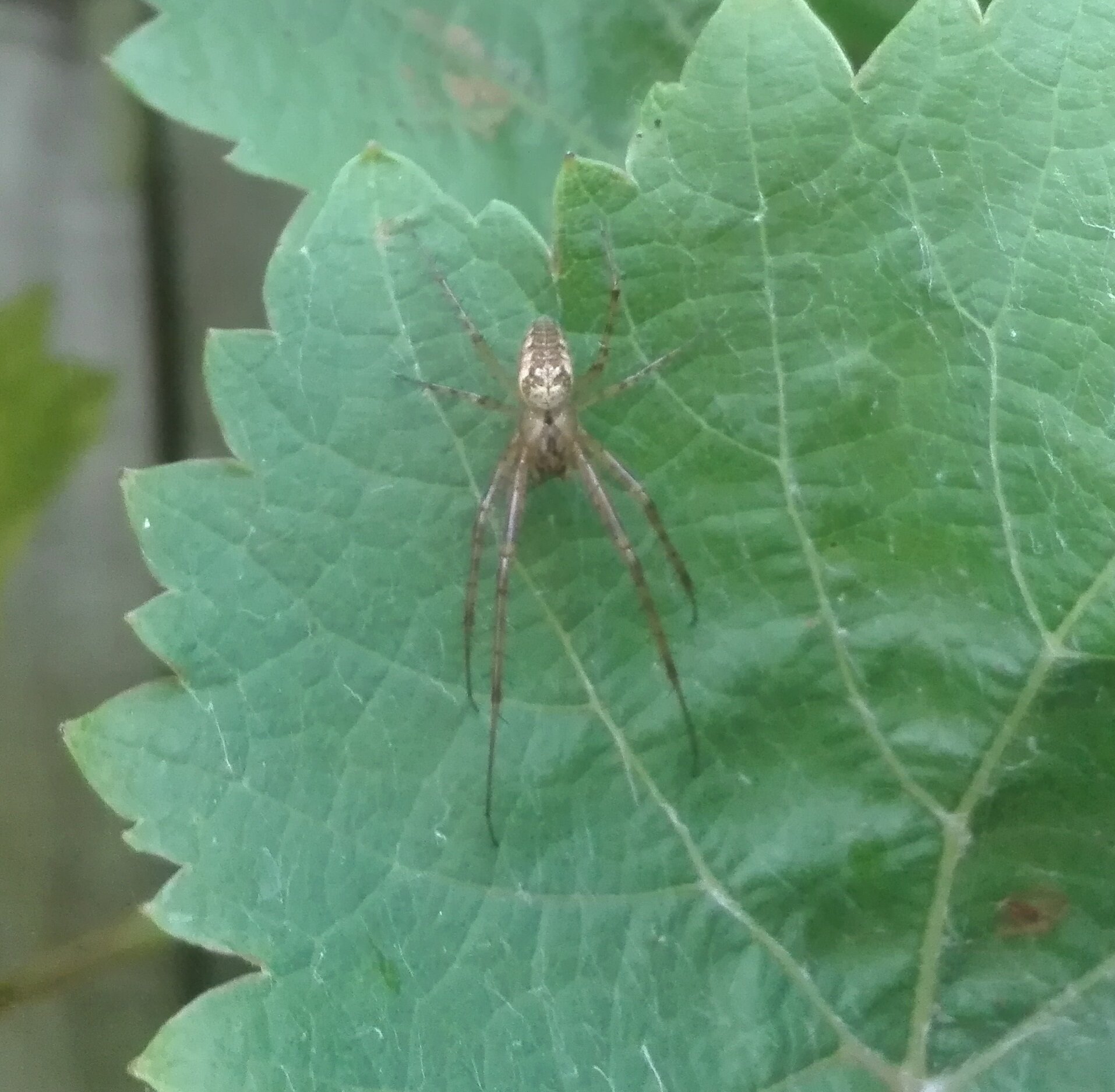Okay, it’s not quite November, but moth trapping this week, after a small gap, we had some new autumnal species.
First of the new species is the November Moth itself (Epirrita dilutata agg.), actually one of 3 very similar & closely-related species flying at this time of year, the others being the Pale November and Autumnal Moths, which in most cases require dissection to definitively identify. These moths fly now, laying eggs in the leaf buds of various deciduous trees, which duly hatch the next summer. The Beaded Chestnut (Agrochola lychnidis) also flies a single generation at this time of the year. The larvae live in rough grass, with the adults attracted to Ivy blossom. The second generation of the Grey Pine Carpet (Thera obeliscata) is another September-October moth.
The other moths caught included Turnip Moth (Agrotis segetum), a Silver Y Moth (Autographa gamma) and a couple of Light Brown Apple Moths (Epiphyas postvittana). The latter species is an accidental introduction all the way from Australia, which since arriving in Cornwall in 1930’s has expanded its range to become a common species in much of UK.

